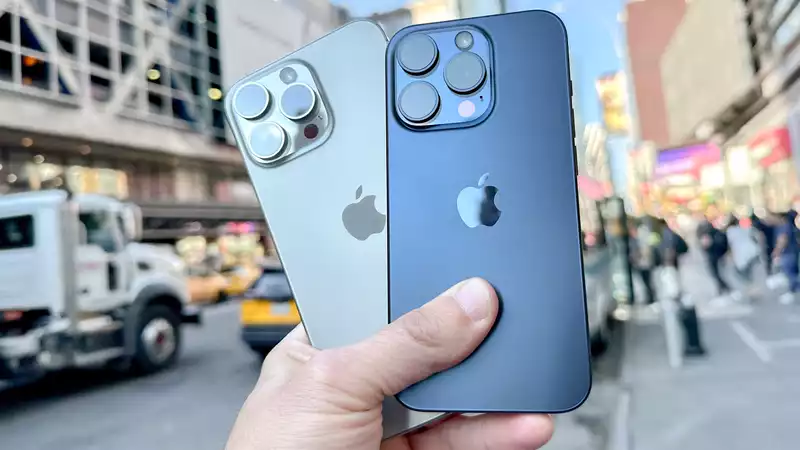One of the most infuriating things Apple has done recently is to release new iPhones with two different chipsets. The latest and greatest chip will be in the Pro model, and the standard and Plus models will end up with last year's chip; that was the case with the iPhone 15 and iPhone 14, but we now know that may not be the case with the iPhone 16.
That doesn't mean the iPhone 16 will have an A18 chip. Instead, a Weibo user claims that Apple will develop an entirely new A17 chipset specifically for the iPhone 16 and iPhone 16 Plus. In other words, even if there is still a difference in processing power between the iPhone 16 and iPhone 16 Pro, the iPhone 15 will no longer be a drop-in replacement.
The difference next year is that Apple is said to be using a completely different manufacturing process for the iPhone 16 chips. Currently, the 3nm A17 Pro is manufactured using TSMC's N3B process, but next year Apple may switch to the N3E process. As a result, the chip will remain 3nm and will get all the benefits that come with smaller size, but it will not be exactly the same.
This is not the first time we have heard such rumors; we heard about the possibility earlier this month. At the time, it was speculated that manufacturing the A17 on the N3E process would have many advantages over the N3B. The new process was said to be more accessible, lower transistor density, and potentially better overall performance.
An additional advantage is that N3E is apparently cheaper to manufacture and has much better yields, meaning that Apple could more easily add 3nm chips to the entire iPhone 16 lineup.
When this news first broke, we had no idea that the iPhone 15 Pro would feature the A17 Pro chipset. We assumed that Apple would stick with the usual "Bionic" naming convention that has been in place for the past several years. If the A17 in the iPhone 16 is going to be completely different from the A17 Pro, we would guess that Apple would not want to reuse the name.
This might mean that the iPhone 16 will have the A17 Bionic and the 16 Pro will have the A18 Pro, further differentiating the two standard devices from the Pro model. But that is just my speculation and we won't know for sure for another 12 months.
There has also been speculation that the A17 Pro may not be as good as everyone expects. It was claimed that this could be due to the fact that the A17 Pro is a reuse of the A16 Pro chip, a chip that Apple was forced to discard because it was not ready in time for the iPhone 14 Pro launch. Despite this possibility, benchmarks show that the A17 Pro is a huge leap forward in performance compared to the A16 Bionic, and Qualcomm's Snapdragon 8 Gen 2. Of course, we won't know for sure until the actual iPhone arrives, so while we patiently wait for 2024 to arrive, check out the iPhone 16 Hub for all the latest news on the iPhone 16.










Comments